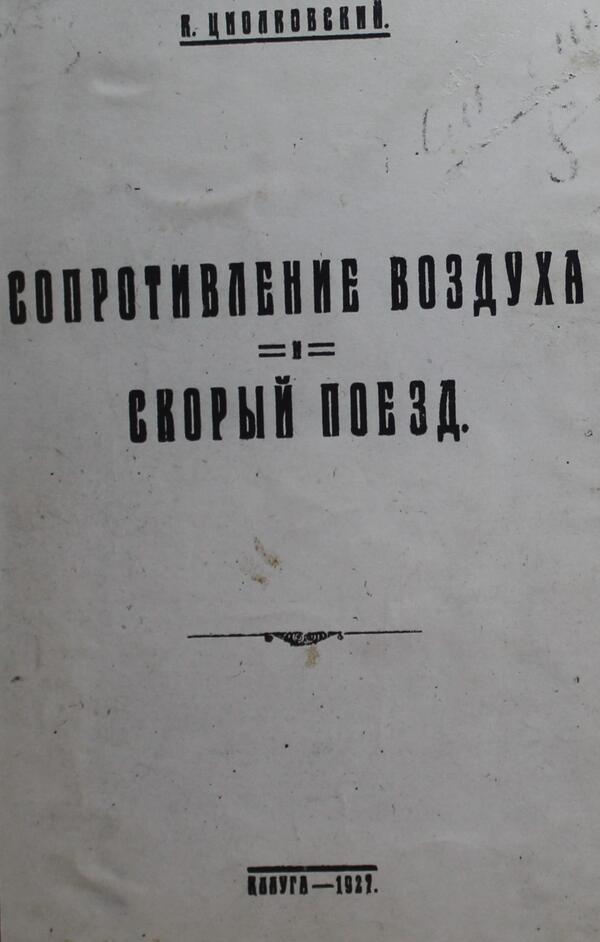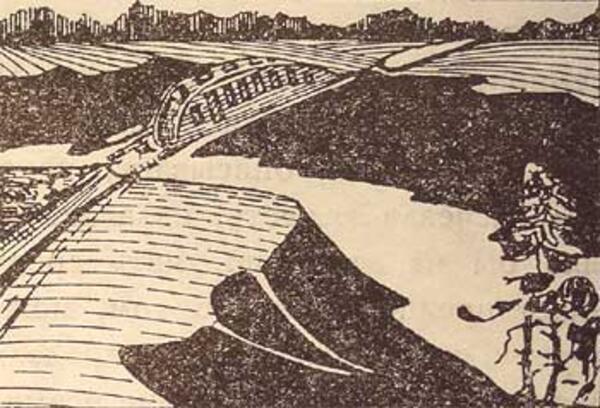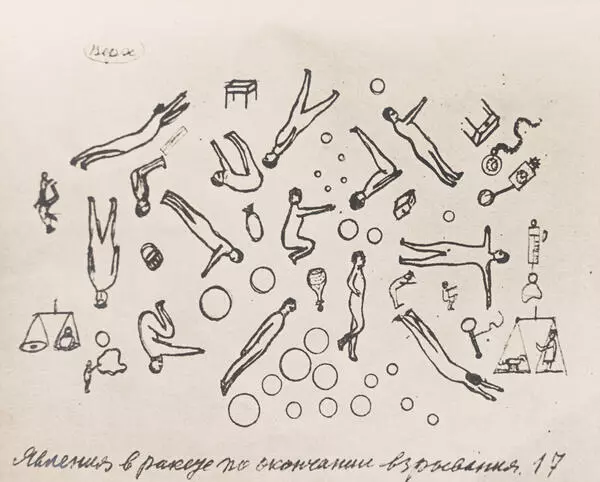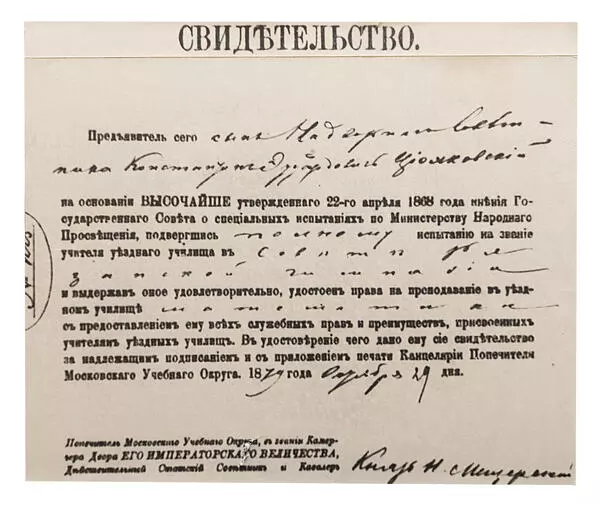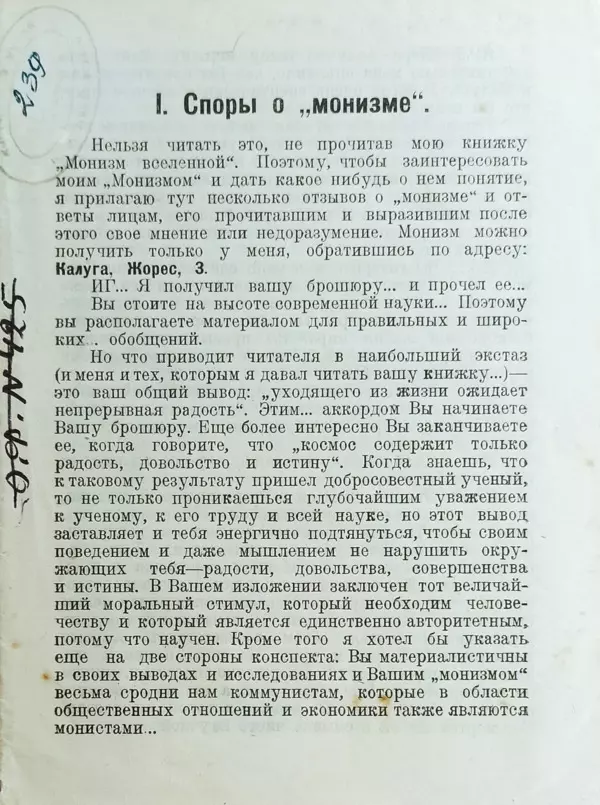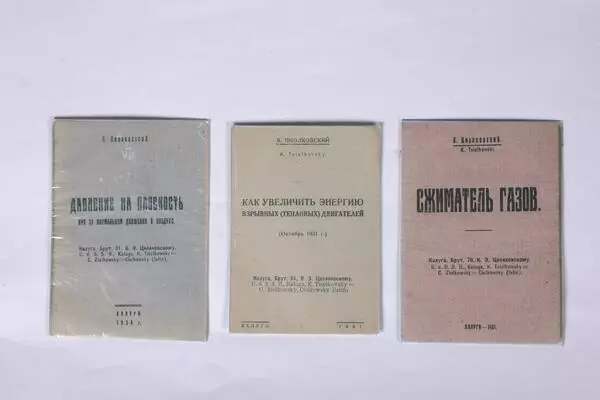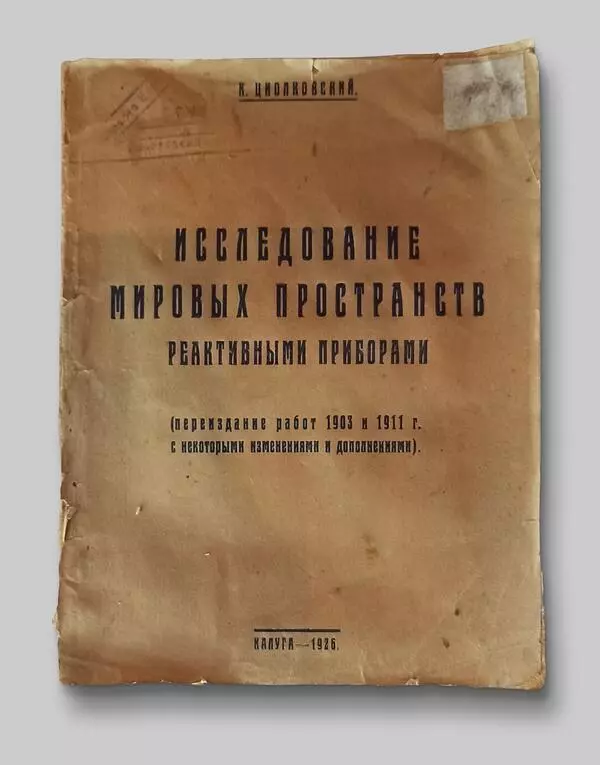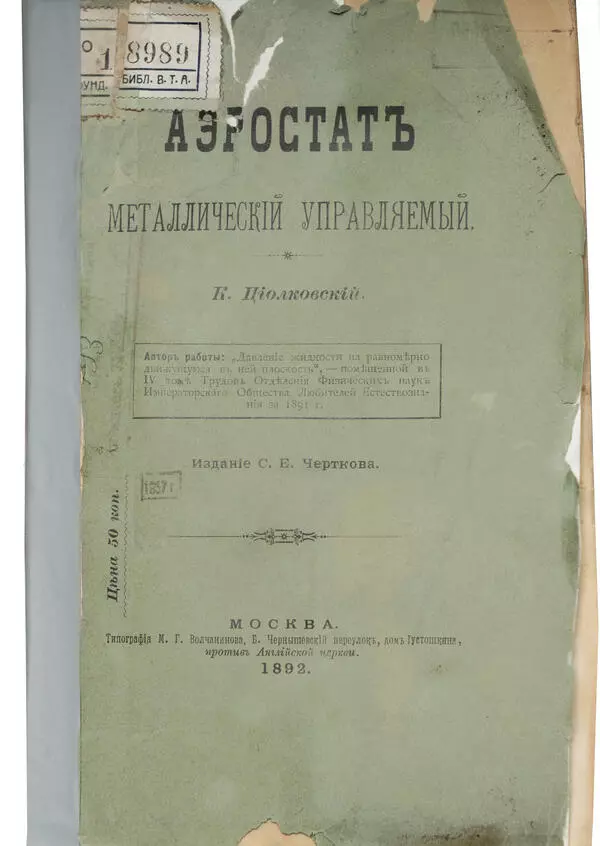The name of Konstantin Tsiolkovsky for millions of people is firmly connected with space rockets. However, it is not widely known that the famous scientist was involved not only in interplanetary but also in terrestrial transport.
Thus, in a small brochure ‘Resistance of Air and Fast Train’ dated 1927, Tsiolkovsky presented for the first time in the world’s scientific literature a draft of the flying train, provided its blueprints and diagrams and made the required calculations.
The scientist explained the technology of such transport as follows. An air cushion is created between the train carriages and the pavement of the road. It is continuously supplied with air to compensate for leaks through the narrow outer slot. The train rests on the thin cushion, and it is moving on it as well. And the rails become just the guides that keep the train from going off the track.
Thus, in a small brochure ‘Resistance of Air and Fast Train’ dated 1927, Tsiolkovsky presented for the first time in the world’s scientific literature a draft of the flying train, provided its blueprints and diagrams and made the required calculations.
The scientist explained the technology of such transport as follows. An air cushion is created between the train carriages and the pavement of the road. It is continuously supplied with air to compensate for leaks through the narrow outer slot. The train rests on the thin cushion, and it is moving on it as well. And the rails become just the guides that keep the train from going off the track.

